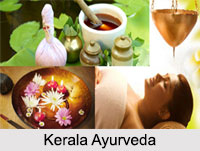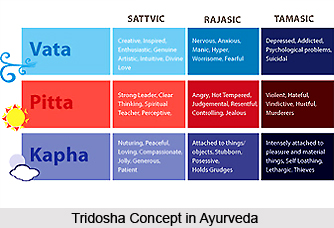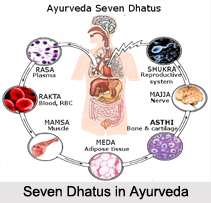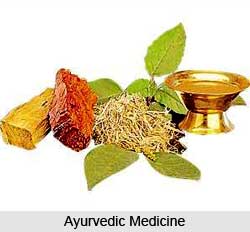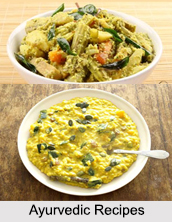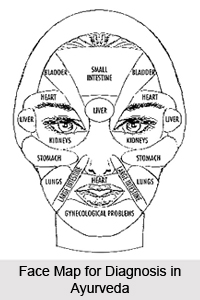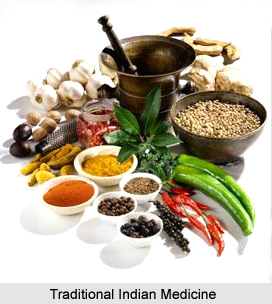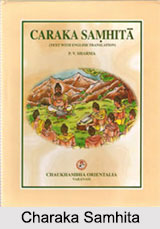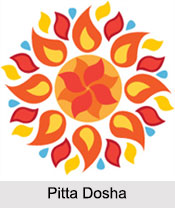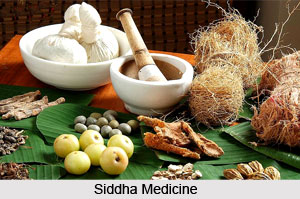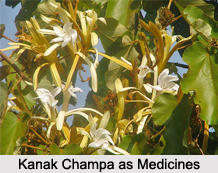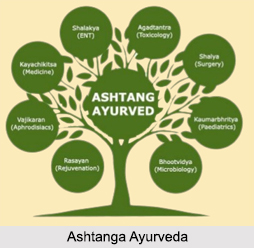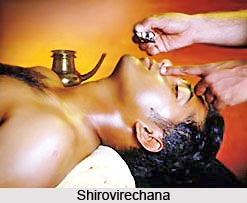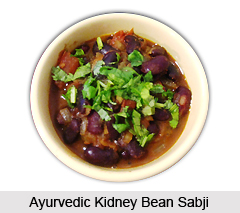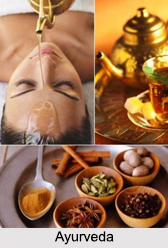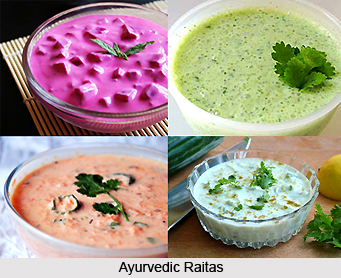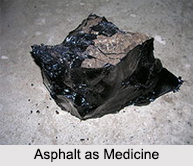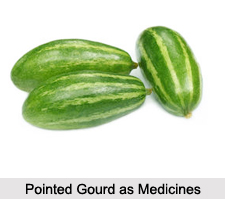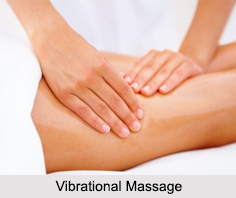 Role of Vibrations in Massage is extremely helpful in relieving pain and stress. The vibrations in massage can be given by a professional therapist or with an electronic device. In this stroke of massage, the body parts and muscles are shaken with light to firm pressure. This shaking becomes more effective if an electronic device is used instead of hands. Vibrational massage can be provided on any parts of the body.
Role of Vibrations in Massage is extremely helpful in relieving pain and stress. The vibrations in massage can be given by a professional therapist or with an electronic device. In this stroke of massage, the body parts and muscles are shaken with light to firm pressure. This shaking becomes more effective if an electronic device is used instead of hands. Vibrational massage can be provided on any parts of the body.
Role of Vibrations in Relaxation
Vibrational massage is done at the end of the entire massage session. It helps to relax the receiver and stimulate the blood flow. The vibrations relax the underlying muscles and create a body-wide sense of relaxation. Along with the feeling of relaxation, vibrational massage also leaves the receiver with a sense of invigoration.
Role of Vibrations in Relieving Pain
Vibrational massage can be used as a method of relieving pain. It helps to relieve the painful conditions by creating numbness in the affected area. Vibration can also help to relax the muscles surrounding the painful area, which can further reduce the pain. If one cannot apply Vibrational massage directly to the painful area, then he should put the stroke above or below the affected area.
This article is a stub. You can enrich by adding more information to it. Send your Write Up to content@indianetzone.com
